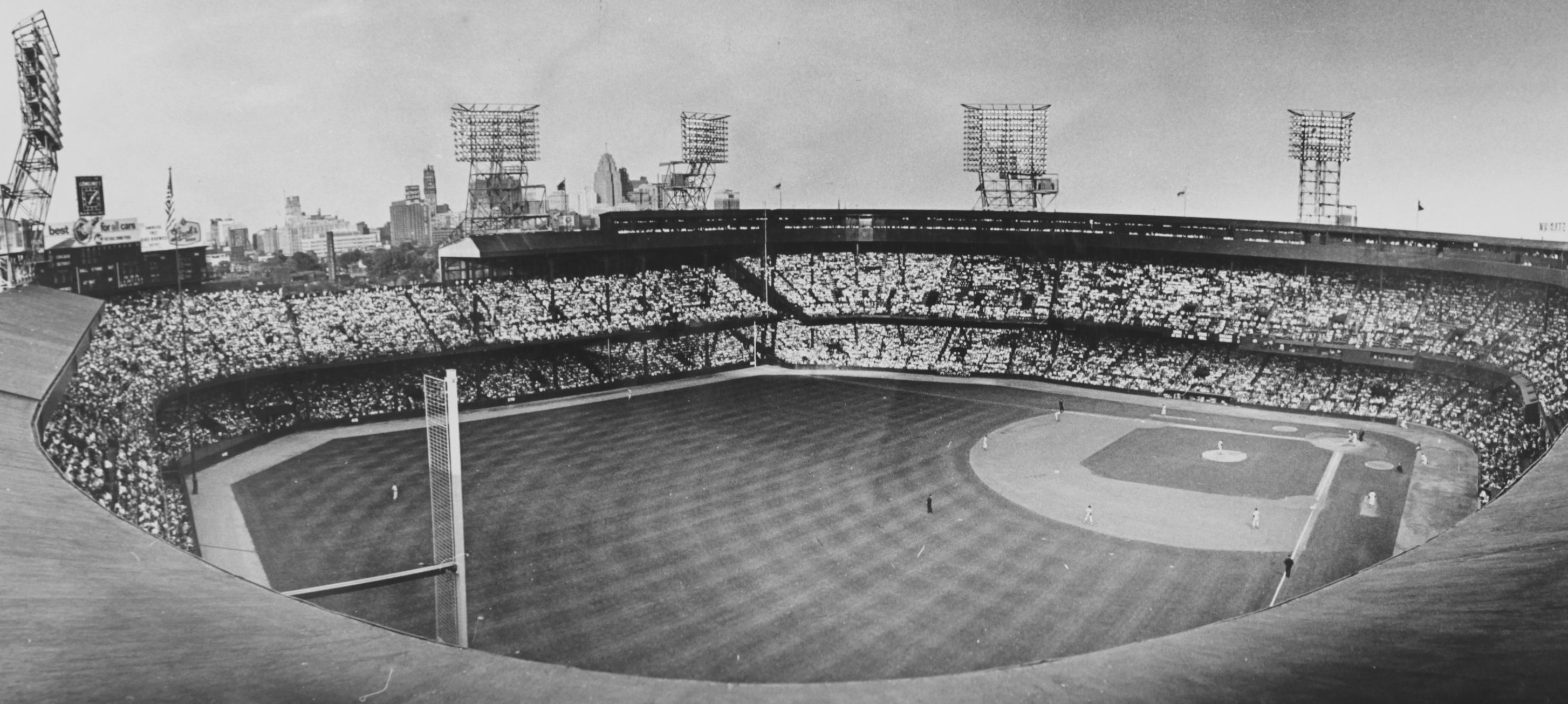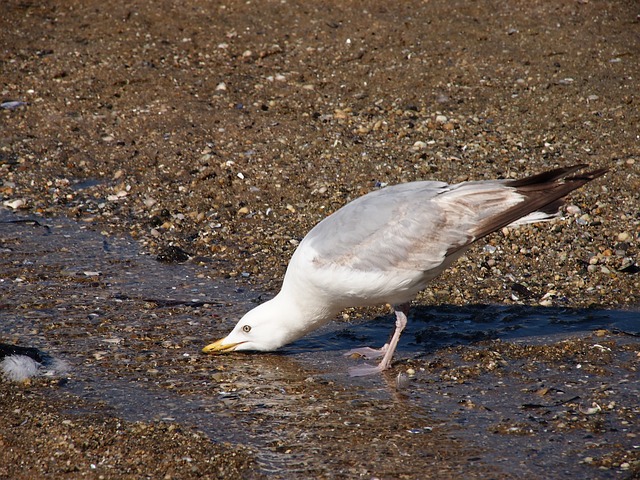
The word “gull” originally came from the Welsh, meaning “cry or mew.” In the 16th century it came to mean one who is gullible or easily swallows a story, deriving perhaps from “gullet.” There are about 45 species of gulls around the world, all called gulls except for two kittiwakes. Although seen all over the world on ocean shores, many are found inland as well. They are omnivores and scavengers and can make a living in the wild or the scraps of human leftovers such as garbage dumps, discarded fish, and various forms of edible litter.
The word “seagull” is an informal to refer to any of the species that belong to the family Laridae, or the gulls. There is not actually a single species called the gull and tern family, but people everywhere refer to them as seagulls. Gull’s are most closely related to the terns (family Sternidae) and only distantly related to auks, and skimmers, and more distantly to the waders. The term “Seagull” can be misleading because many species of gulls live, feed, and nest inland. Seagulls can be found around the oceans worldwide with the exception of some central Pacific islands, and some areas in Southeast Asia. The gulls are relatively uniform in shape but do vary in size and coloration. Seagulls are the acrobats of the sky, making the seemingly impossible antics appear effortless. They can float motionless in midair by catching wind currents with perfect timing and precision while positioning their bodies at just the right angle.
The gull is perhaps best known as being a scavenger. It is most often seen in large, noisy flocks congregating wherever food is available. They can almost always be found around fishing boats, picnic grounds, parking lots and garbage dumps. Many people consider the gull to be a nuisance, but they actually perform a very valuable service. They are sanitation engineers with wings. They scavenge large amounts of dead animals and organic litter which could pose a health threat to humans.
There’s been discussion about gulls at the San Francisco Giants’ baseball games. Seems that during the seventh inning hundreds of gulls start to gather around the park, circling above the field and sitting on various perches around the stadium. The gulls have learned that there is a lot of food left in the park by fans dropping what remains of their $11 Willie McCovey Pulled Pork Sandwiches and equally overpriced popcorn. Some have speculated that the birds are enticed by the smell of garlic fries but it’s more likely that the enormous amount of wasted food was discovered visually by a few birds and the word got out. Why the seventh inning? The birds have learned that the noise, the commotion, and the singing of “take me out to the ballgame” signal the beginning of the departure of the fans and opening the opportunity to enjoy the cornucopia of leftover delights. Some people are complaining, even suggesting that the Giants should hand out BB guns or supersoakers at the turnstiles instead of bobbleheads.
But let’s look at the cause of the problem -food dumped all over the park. As long as food is served at the ballpark and park attendees see no problem in dropping their nachos and bacon-wrapped hot dogs at their feet, there will be gulls. The Giants would rather pay the custodial staff to sweep the stadium and steam clean the poop than ban food (the Giants’ gross take from food sales is $50 million a year.) Besides, aren’t we supposed to eat popcorn and Cracker Jack at the park? Of course, gulls get the better deal, paying for neither tickets nor food.
The Giants aren’t alone. Progressive Field in Cleveland, home to the Cleveland Indians, the Detroit Tiger’s Comerica Park, and the Cincinnati Red’s Great American Ballpark all have the same problem. Cleveland is considering setting off fireworks between innings to scare the gulls. And it’s not a new problem. Baseball lore has it that Ted Williams brought his shotgun to the ballpark to practice for hunting season by shooting pigeons.
But there are teams that don’t have a gull problem: the Newport (Rhode Island) Gulls, the Rappahannock (Virginia) Community College Gulls, the Endicott (Massachusetts) Gulls, the Seaside (Oregon) Seagulls, the Everett (Washington) Seagulls, Florida Metropolitan University Seagulls, and the San Francisco (actually, Pacifica) Seagulls baseball teams. And Salisbury (Maryland) University’s athletic mascot is Sammy Seagull!